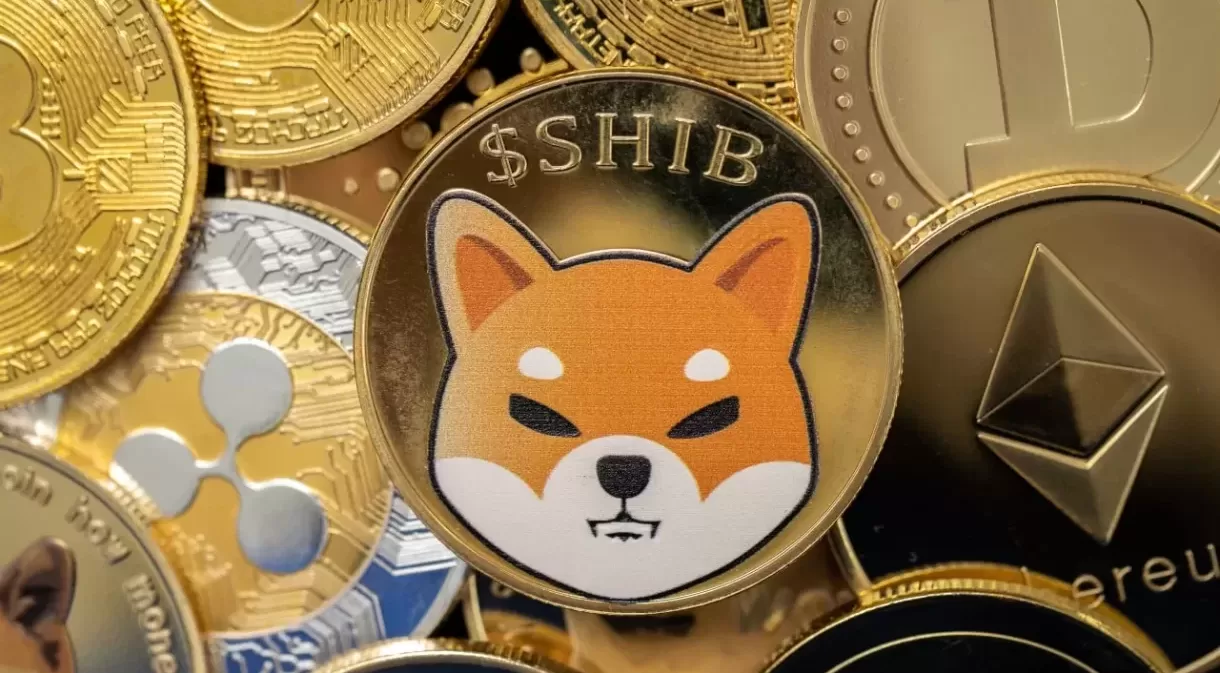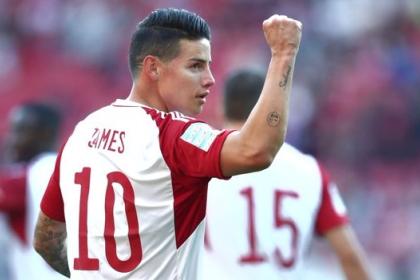Detroit, Michigan (CNN) – Home to Henry Ford and the first moving assembly line, it has rightfully earned the nickname “Motor City.” Known throughout the world as a leader in transportation innovation, Detroit, Michigan, is bringing the world on wheels, says Alison Malik, an urban mobility expert and resident of the city.
It is these inventions from the past that can help shape the future, paving the way for new, scalable, and accessible modes of transportation that will be very different from the ones that began rolling off Ford assembly lines more than a century ago.
Transportation is one of the largest contributors to carbon production, and is responsible for about 37% of emissions global greenhouse gases. When urban planners look to the future, many focus on sustainability, including Abandon traditional vehicles that use gasoline.
As CEO of Newlab Detroit, a global hub for mobility innovation, Malik is part of a team that brings together diverse expertise to create transportation solutions.
CNN recently spoke with Malek about what travel will be like in 2050.
The following interview has been summarized and edited for clarity.
CNN: What are some of the key pillars of commuting?
What is with you: Accessibility is one of the cornerstones of mobility success. Is it easy to access mobility solutions? How often do the services run? What areas are covered? Can citizens reach their destination or receive their products easily? It’s about making sure everyone has two options. Looking to the future, we also have to think about sustainable transportation.
CNN: In 2050, how do you imagine people moving from A to B?
What is with you: When I think about the year 2050 and how we will move forward, what excites me most is the variety of choices we will have at that time. People will continue to go by bike, by bus … but in reality it is about being able to choose the best option for the trip we need to take.
When I think about 2050 and the kinds of technologies that could be applied to transportation, I think we’re going to see new versions of things that we already see today, like electric cars. And I think we’ll start to see other new technologies start to make their way. But the bottom line is that they find an opportunity that fits the needs of the business.
CNN: Self-driving vehicles are currently being tested. Where do you think this technology will be in 2050?
What is with you: A lot of what we hear in the news today regarding self-driving vehicles is a system that is mostly capable of driving itself. It uses sensors to see around the vehicle and has special on-board computers so it can take in basic information about the terrain and figure out how you should get from point A to point B. These technologies are being tested and developed, and I think it’s very exciting. See progress.
But if we look at 2050, I think the place where we’ll really see this technology take off is in the commercial space, where there are shorter commutes. When we think about driveability in every city, on every dirt road, on every country road… there’s a lot to check out. So when we think about where those options can be scaled first, it’s going to be in these simpler areas. In some cities, the transfer may be from the airport to the city center, so the next taxi or Lyft can be independent.
CNN: What is your impression of eVTOL (electric vertical take-off and landing) aircraft or air taxis?
What is with you: The technology is definitely there. He works. We have to make sure they are safe and verified and validated in the same way as aircraft. When we think of new ways of transporting passengers, the safety bar is much higher. This is part of the work being done now. But I believe that in the next 20 years we will see more use of eVTOLs in freight transportation.
In November 2022, Volocopter successfully executed a manned mission of an all-electric eVOTL air taxi in regular air traffic conditions over Paris (pictured). Courtesy of Volocopter
CNN: Will we see hyperloop (high-speed capsules traveling in tunnels) operational by 2050?
What is with you: Hyperloop as a technology is very interesting. The idea is to reduce elements like drag and friction to move efficiently. When you think about making Hyperloop a reality, you start thinking about how to build that infrastructure, how to make it available, how to match it to the business case, how to make sure it’s flexible to change. So when we look at future hyperloop opportunities, it’s not about whether the technology is ready or not. I would say yes. It is about whether the infrastructure is in place and how it is adopted and implemented.
CNN: Do you think supersonic travel will return to the skies?
What is with you: We’ve seen supersonic planes in the past and I think we’ll see supersonic planes in the future. If we think about the developments as well as the increase in world travel, I think there is a demand. What has changed since the 2000s, when we’ve seen this before, is a drive toward sustainability. Now it is no longer just a matter of whether we will see hypersonic aircraft, but whether they will be powered by net zero carbon fuel. And I think that should be a key part of the conversation as we look at that opportunity in the future.
When we think of short flights that fly over land, we wouldn’t normally use an SST because we’d be hitting a lot of people below the plane with the boom, so there would be a lot of these flights crossing oceans. And when you cross the earth, you either get people onto the railways, as is happening now in France, or you help people find options for electric connectivity: maybe it’s eVTOL, maybe it’s electric regional aircraft, but you’re really looking for a variety of options to help connect at that final destination.
CNN: What do you expect from the future of transportation?
What is with you: When I think about my desires and dreams for the future of transportation, what I really want to do is focus on the broadest sense of what we, as people, need from our transportation systems, and start with that as an organizing principle. Historically, we started with “what cars need, what planes need”. But planes and cars are here just for us.
And when I look into the future, it’s not necessarily about technology, but really about this philosophy: How do we use different solutions that are scaled to the kind of business that they’re trying to do.





